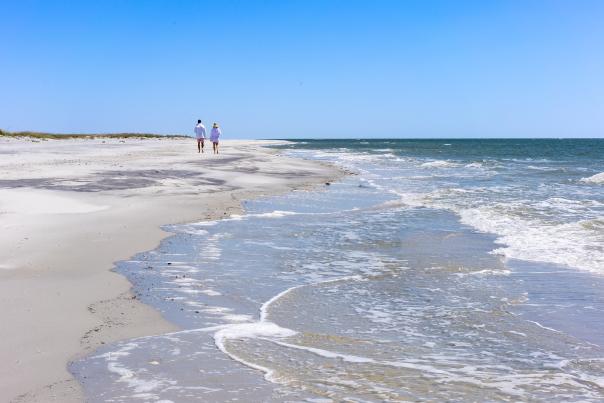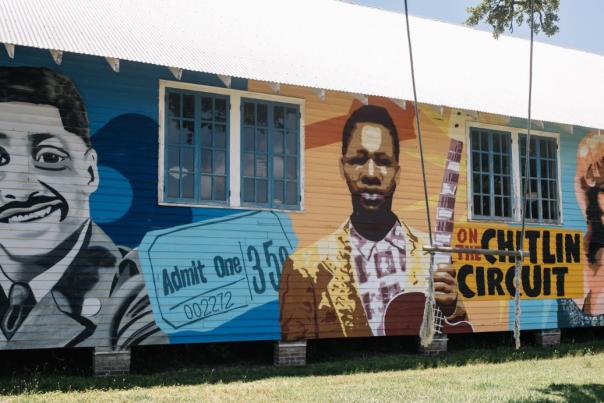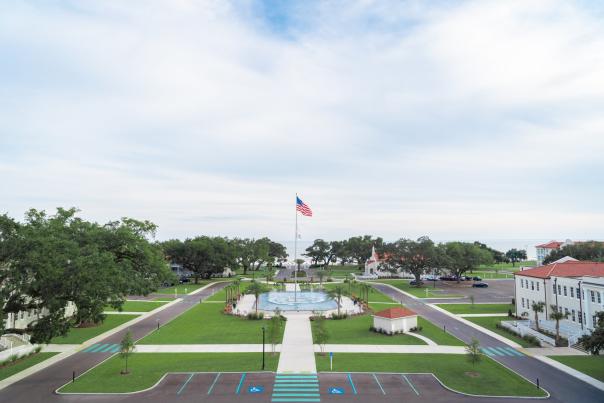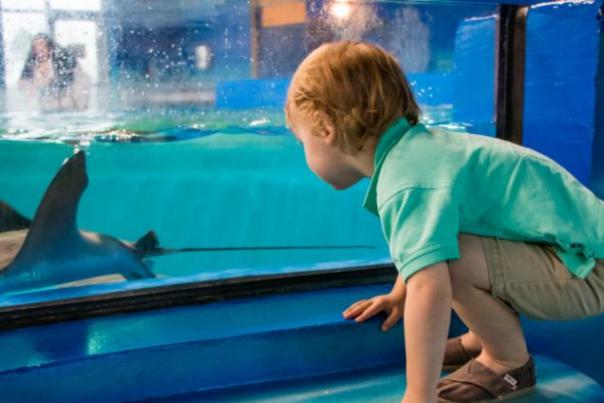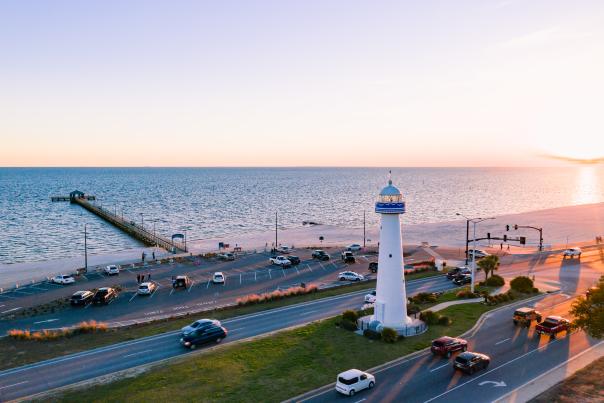The Ultimate Bachelorette Escape in Coastal Mississippi
Looking for the perfect pre-wedding celebration? Look no further than Coastal Mississippi! Our destination boasts stunning weather making it an ideal destination for a bachelorette getaway. With its charming coastal vibe and array of activities, it's the perfect spot for a group looking to enjoy the beauty of the Coast. Whether you're exploring the beaches, indulging in delicious seafood, or unwinding at waterfront bars, there's something for everyone to enjoy. Settle in with Style Your home away from home awaits in Coastal Mississippi…
Continue Reading



